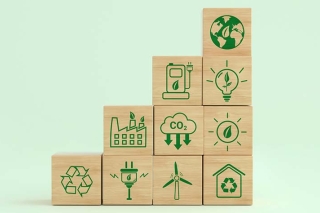Economic Update: A Review of 2017
For the year as a whole, the U.S. market experienced strong returns. This was despite a particularly destructive hurricane season which, according to Moody's, resulted in combined U.S. property damage of over $200 billion. Another one of the most remarkable things about 2017 was the complete lack of market volatility. But perhaps one of the biggest surprises was the stability of Eurozone politics after years of disarray.
Read Our Full Economic Update >
Content Topics
More About Economic Updates








